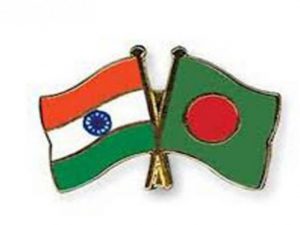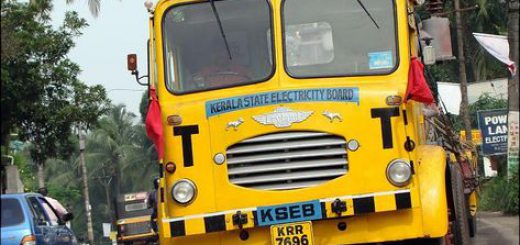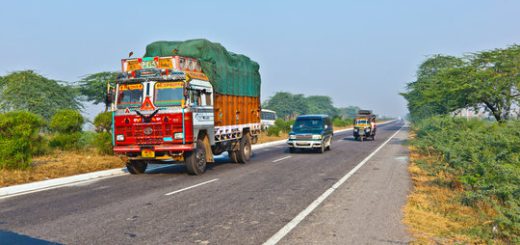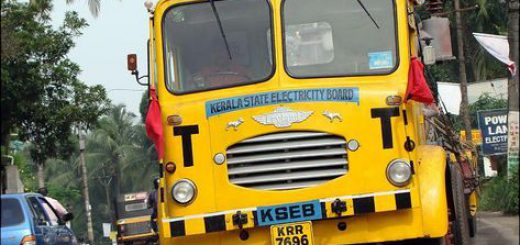Seamless transport will hugely benefit India-Bangladesh – World Bank
A seamless transport connectivity between India and Bangladesh has the potential to increase national income by as much as 17 per cent in Bangladesh and 8 per cent in India, the World Bank said in its latest report on ”Connecting to Thrive: Challenges and Opportunities of Transport Integration in Eastern South Asia”.
Improvement in connectivity between Bangladesh and India, alongside Bhutan and Nepal, has the potential to make the sub-region an economic growth pole for South Asia and can add substantially to their gross domestic product (GDP), World Bank India Head Junaid Ahmad said on Tuesday.
A seamless transport connectivity between India and Bangladesh has the potential to increase national income by as much as 17 per cent in Bangladesh and 8 per cent in India, the World Bank said in its latest report on ”Connecting to Thrive: Challenges and Opportunities of Transport Integration in Eastern South Asia”.
It is time that connectivity should be used for development in BBIN (Bangladesh, Bhutan, India and Nepal) countries and the World Bank is an active partner to be investing in this area in this sub-region, Ahmad said at the virtual launch of the report.
“For India, this connectivity that we are talking about, and in particular the road connectivity, can lead to a growth of 8 per cent of GDP which would be spread across India,” said the World Bank”s country director.
The report, which analyses the Bangladesh-Bhutan-India-Nepal (BBIN) motor vehicles agreement (MVA), compares it with international best practices and identifies its strengths as well as gaps for seamless regional connectivity.
The World Bank said the regional policy actions the countries can take to strengthen the MVA and proposes priorities for infrastructure investments that will help the countries maximise its benefits.
The MVA among the BBIN network was signed in 2015 to facilitate unrestricted cross-border movement of cargo, passenger, and personal vehicles between these four countries.
Under the agreement, trucks carrying export-import or transit cargo can move inside the territories of other countries without trans-shipping to local trucks at border land ports.
However, the implementation of the MVA has been delayed as the countries work to clarify some of the provisions that are supposed to be elaborated in protocols.
Talking about Bangladesh”s strategic location as a gateway to India, Nepal, Bhutan and other East Asian countries, World Bank Country Director (Bangladesh and Bhutan) Mercy Tembon said, “Bangladesh can also become an economic powerhouse by improving regional trade, transit and logistics networks.”
She added that while trade between India and Bangladesh has increased substantially over the last decade, it is estimated to be USD 10 billion below its current potential. “The World Bank is supporting the Government of Bangladesh to strengthen regional and trade transit through various investments in regional road and waterways corridors, priority land ports, and digital and automated systems for trade.”
The World Bank”s earlier reports suggested that Bangladesh”s exports to India could increase by 182 per cent and India”s exports to Bangladesh by 126 per cent if the countries signed a free-trade agreement.
As per this study, improving transport connectivity between the two countries could increase exports even further, yielding a 297 per cent increase in Bangladesh”s exports to India and a 172 per cent increase in India”s exports to Bangladesh.
Weak transport integration makes the border between Bangladesh and India thick. Crossing the India-Bangladesh border at Petrapole-Benapole, the most important border post between the two countries, takes several days, said the latest report.
In contrast, the time to cross borders handling similar volumes of traffic in other regions of the world, including East Africa, is less than six hours, the report said.
“The eastern sub-region is poised to become an economic growth pole for South Asia. An important component of this development potential is for countries to invest in connectivity – rail, inland waterways, and roads,” said Ahmad.
This is especially true as the region begins its economic recovery from the COVID-19 pandemic. Ultimately, connectivity offers the promise of long-term sustainable and inclusive growth, he added.
Ahmad said it assumes significance ahead of Prime Minister Narendra Modi”s visit to Bangladesh later this month.
“I think we are seeing here a real announcement of investment in this sub-region in terms of economic growth and not surprisingly because this sub-region is poised to become the economic growth pole for south Asia, a regional hub for south Asia.
“And, critical to making it such a growth node requires connectivity; connectivity in terms of electricity, connectivity in terms of trade and connectivity in terms of transport,” he said.
Currently, Indian trucks are not allowed to transit through Bangladesh. As a result, the northeast of India is particularly isolated with the rest of the country and connected only through the 27-km-wide Siliguri corridor, also called the ”chicken”s neck”.
This leads to long and costly routes. Goods from Agartala, for example, travel 1,600 kilometres through the Siliguri corridor to reach Kolkata Port instead of 450 km through Bangladesh, World Bank said.
source: https://www.outlookindia.com/





Recent Comments